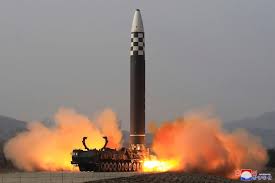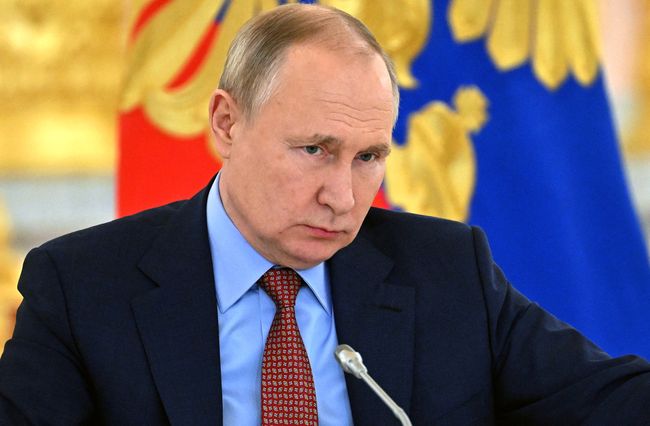
The foto has taken from ABC
STRATEGIC ASSESSMENT. On September 15, 2021, the North Korean military launched two ballistic missiles, the first such launch in more than six months and a stark reminder of the enduring threat posed by Pyongyang. The launches, which occurred off the east coast of the so-called “Hermit Kingdom,” were blatant violations of multiple United Nations Security Council resolutions that ban the Democratic People’s Republic of Korea (DPRK) from conducting weapons tests. Japanese Prime Minister Yoshihide Suga called the missile launch “outrageous” for its potential to destabilize the Korean peninsula and broader region. Last weekend, DPRK claimed it successfully test-fired recently developed long-range cruise missiles capable of reaching Japan.
Given other global challenges, including the coronavirus pandemic, climate change, and the crisis in Afghanistan, North Korea has recently received little attention from policymakers and security officials in many capitals. With this week’s missile launches, North Korean leader Kim Jong Un appears determined to change that. Recent events put pressure on the Biden administration to prevent the continued acceleration of an arms race, but so far the Administration has failed to gain any traction with DPRK on a new round of talks. Negotiations related to DPRK’s nuclear program have been stalled since the failed diplomatic efforts of the Trump administration, which held a series of international summits designed to probe Kim Jong Un’s willingness to negotiate. The U.S. State Department released a statement condemning the attacks and reaffirming Washington’s longstanding commitments to both Tokyo and Seoul, and read in part, “This launch is in violation of multiple UN Security Council Resolutions and poses a threat to the DPRK’s neighbors and other members of the international community.”
In response to the DPRK’s missile launches, South Korea proclaimed that it became the seventh country in the world to develop a submarine-launched ballistic missile (SLBM) capability, following an announcement of a successful test by the country’s president, Moon Jae-in. Other countries in this club include Russia, China, the United Kingdom, the United States, France, and India. South Korea also announced that it successfully developed supersonic cruise missiles and a supersonic fighter jet, among other military advancements of note, such as a new long-range air-to-surface missile that can be used on the joint South Korean/Indonesian fighter aircraft, the KF-21 Boramae. South Korea sees these recent developments as critical to Seoul’s deterrence strategy vis-à-vis Pyongyang, as well as more robust retaliatory strike capabilities. Overall, Seoul has been moving to develop greater autonomy and become less reliant on U.S. military capabilities over the past two years.
Given the presence of nearly 30,000 U.S. troops, and in some cases their families, in South Korea, the U.S. has long prepared for a host of potential contingencies. Such preparations include holding an annual noncombatant evacuation operation (NEO) exercise, a standard U.S. response to hostilities and natural disasters that could endanger American citizens. Yet, given the difficulties encountered in attempting a NEO from Afghanistan in late August, the U.S. military should prioritize war-gaming a similar operation from DPRK, taking into account the many unforeseen circumstances that made the evacuation from Afghanistan so harrowing. Given DPRK’s vast military arsenal, the scale of the challenge should give U.S. defense planners serious pause in terms of what a NEO on the Korean peninsula could look like. North Korea remains the most isolated country in the world and given its struggles in dealing with the COVID-19 pandemic, near-constant food shortages, and a moribund economy, the international community should pay close attention to cascading instability on the Korean Peninsula. Given China’s influence with the DPRK’s leadership, it is imperative that Beijing play an integral role in preventing the country from further antagonizing its neighbors and helping to provide an offramp to its mercurial leader (TSC).





